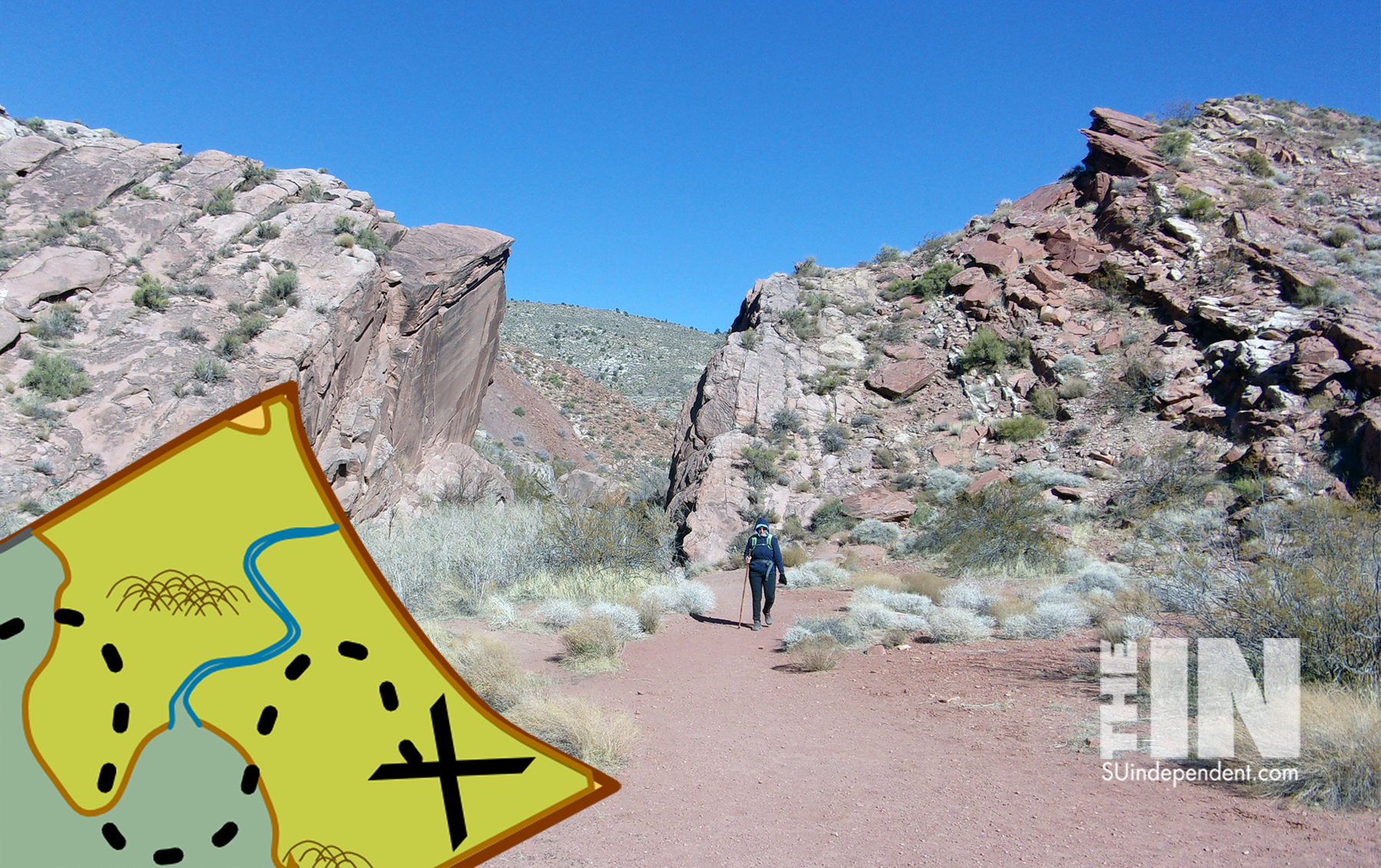
The left’s latest fossil-fuel obstruction tactic
By Merrill Matthews
The U.S. economy is growing, in part because of a booming energy industry. Yet not everyone is pleased, and some are looking for ways to throttle fossil fuel production — and finding them.
U.S. crude oil production is growing by leaps and bounds, topping out at 11.6 million barrels per day in November — about twice what it was in 2010, according to the U.S. Energy Information Administration. And the International Energy Agency projects that the U.S. will account for about 75 percent of the growth in global oil production over the next six years.
But the energy boom also creates a challenge. Oil is often extracted in barren areas and must be transported hundreds of miles to refineries for processing. The cheapest and most efficient way to do that is through pipelines.
Oil producers have turned to rail to transport the oil. But the better option is to lay new pipelines, which are made of high-grade steel and infused with state-of-the-art technology that allows for constant monitoring.
There are currently about 72,000 miles of crude oil pipelines in the U.S. and about 300,000 miles of natural gas pipelines. That may sound like a lot, but it’s not enough.
Fortunately, the Trump administration has indicated it recognizes the pipeline shortage and plans to begin addressing the need next year.
But there will be resistance. The anti-fossil-fuel squads see pipeline resistance as the most expedient way to hamstring the fossil fuel industry. They have had limited success in passing anti-fracking laws through the states — only New York, Vermont, and Maryland have done so.
Other tactics have also fallen short. In the recent election, Colorado voters weighed in on an initiative that would have significantly increased the distance between a new well and any occupied buildings, effectively stopping new drilling. Voters defeated the initiative.
But pipeline challenges can be pushed through the courts where the left historically has had greater success in imposing its agenda.
Take for example the recent Keystone XL pipeline ruling by federal Judge Brian Morris of the District Court for the District of Montana. Morris blocked further work on the XL, claiming that the Trump administration’s approval of it was incomplete.
You may have thought that issue was settled, and it was. President Obama quashed the pipeline application in November of 2015.
Last year, President Trump overruled President Obama’s denial of the XL pipeline and let the privately funded infrastructure project move forward.
Morris criticized the administration for ignoring climate change concerns and claimed that the State Department “didn’t properly account for factors such as low oil prices … and the risk of oil spills.”
But the State Department is the agency with the experts charged with making the assessment, and it did so twice under the Obama administration.
Perhaps the most ridiculous notion coming from the judge is that the State Department didn’t account for low prices. Does the judge know how much oil will be selling for in a few years?
Oil prices have been declining recently, but only after reaching highs not seen in several years. President Trump’s newly imposed sanctions on Iranian oil exports, once fully implemented, may send oil prices skyrocketing again.
The importance of fossil-fuel production to the U.S. economy and to national security cannot be overstated. Having mostly failed at the ballot box, fossil-fuel opponents are increasingly turning to pipeline obstruction. It’s one more way of imposing their will on voters rather than the other way around.
Merrill Matthews is a resident scholar at the Institute for Policy Innovation.
The viewpoints expressed above are those of the author and do not necessarily reflect those of The Independent.
How to submit an article, guest opinion piece, or letter to the editor to The Independent
Do you have something to say? Want your voice to be heard by thousands of readers? Send The Independent your letter to the editor or guest opinion piece. All submissions will be considered for publication by our editorial staff. If your letter or editorial is accepted, it will run on suindependent.com, and we’ll promote it through all of our social media channels. We may even decide to include it in our monthly print edition. Just follow our simple submission guidelines and make your voice heard:
—Submissions should be between 300 and 1,500 words.
—Submissions must be sent to editor@infowest.com as a .doc, .docx, .txt, or .rtf file.
—The subject line of the email containing your submission should read “Letter to the editor.”
—Attach your name to both the email and the document file (we don’t run anonymous letters).
—If you have a photo or image you’d like us to use and it’s in .jpg format, at least 1200 X 754 pixels large, and your intellectual property (you own the copyright), feel free to attach it as well, though we reserve the right to choose a different image.
—If you are on Twitter and would like a shout-out when your piece or letter is published, include that in your correspondence and we’ll give you a mention at the time of publication.
Articles related to “The left’s latest fossil-fuel obstruction tactic”
PacifiCorp and Rocky Mountain Power miss renewable energy opportunities



